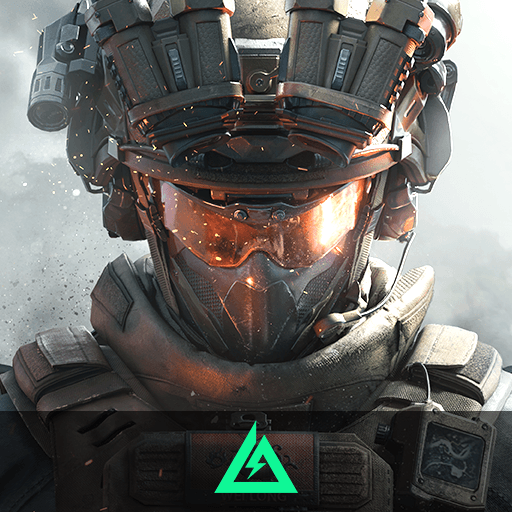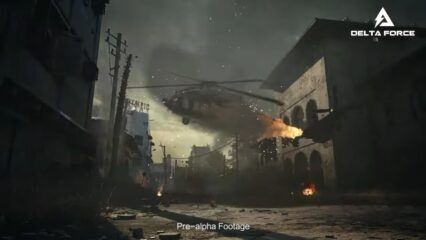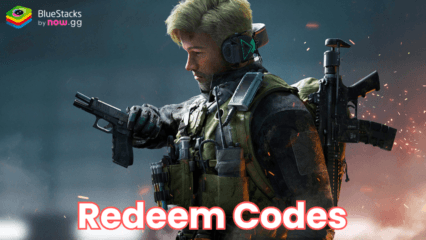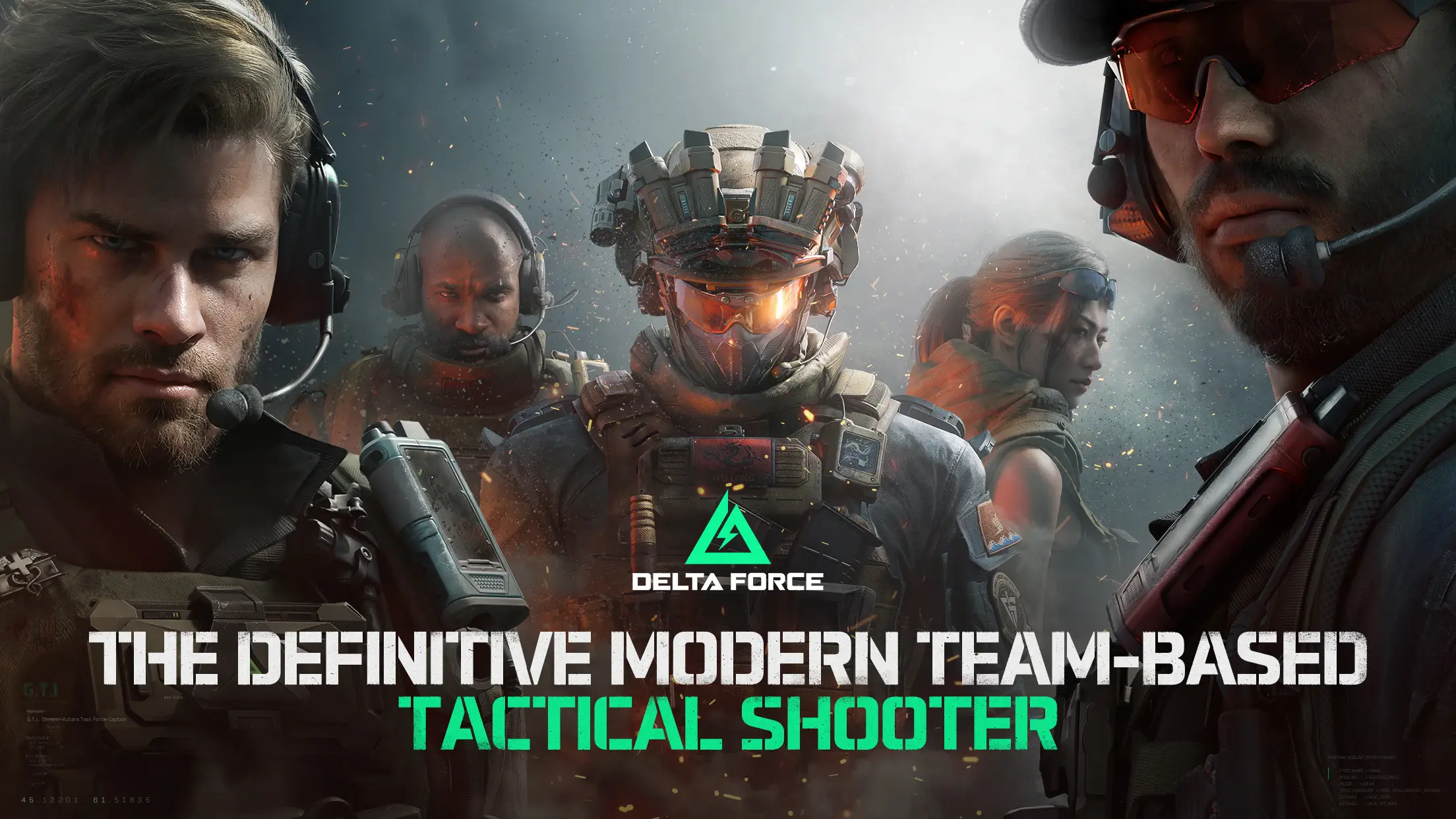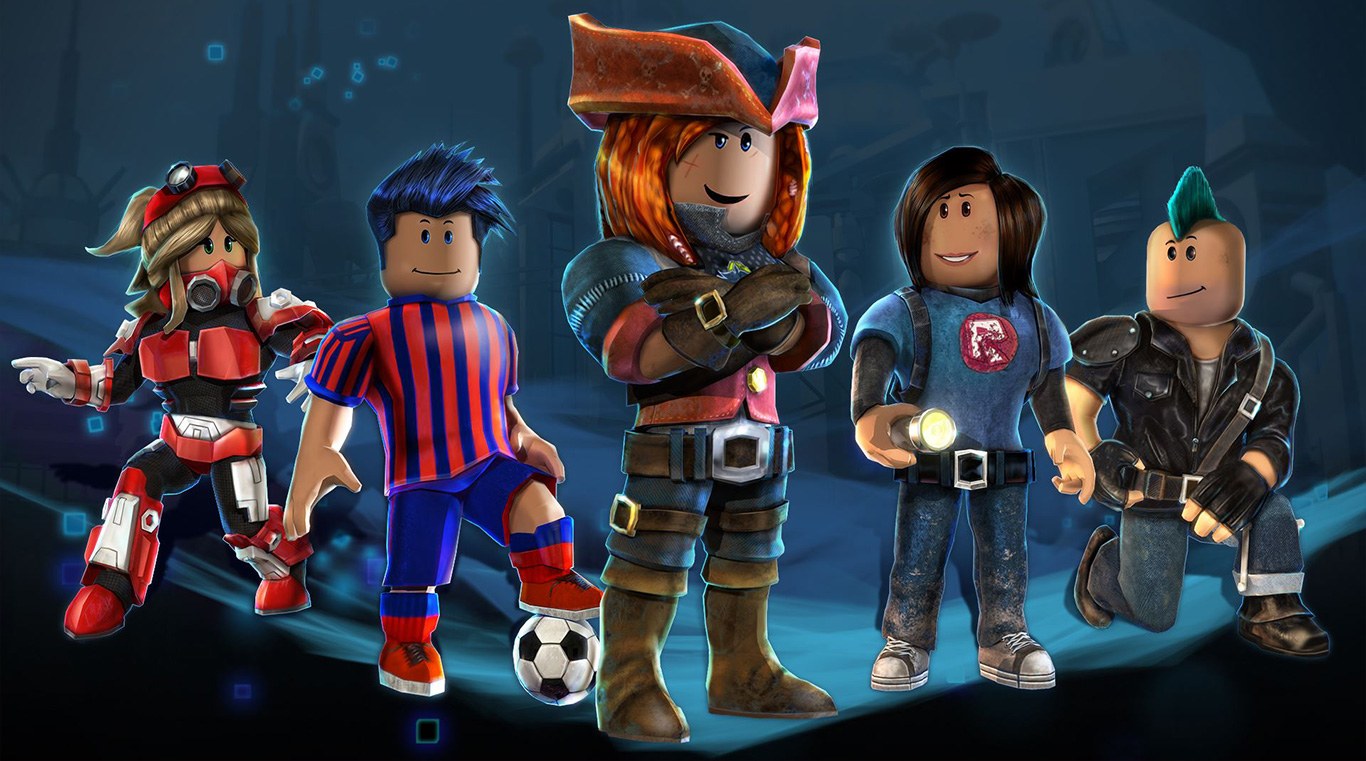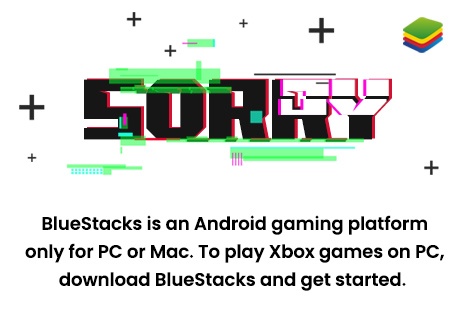Delta Force Hazard Operations Mode Guide: How To Survive Your First Runs
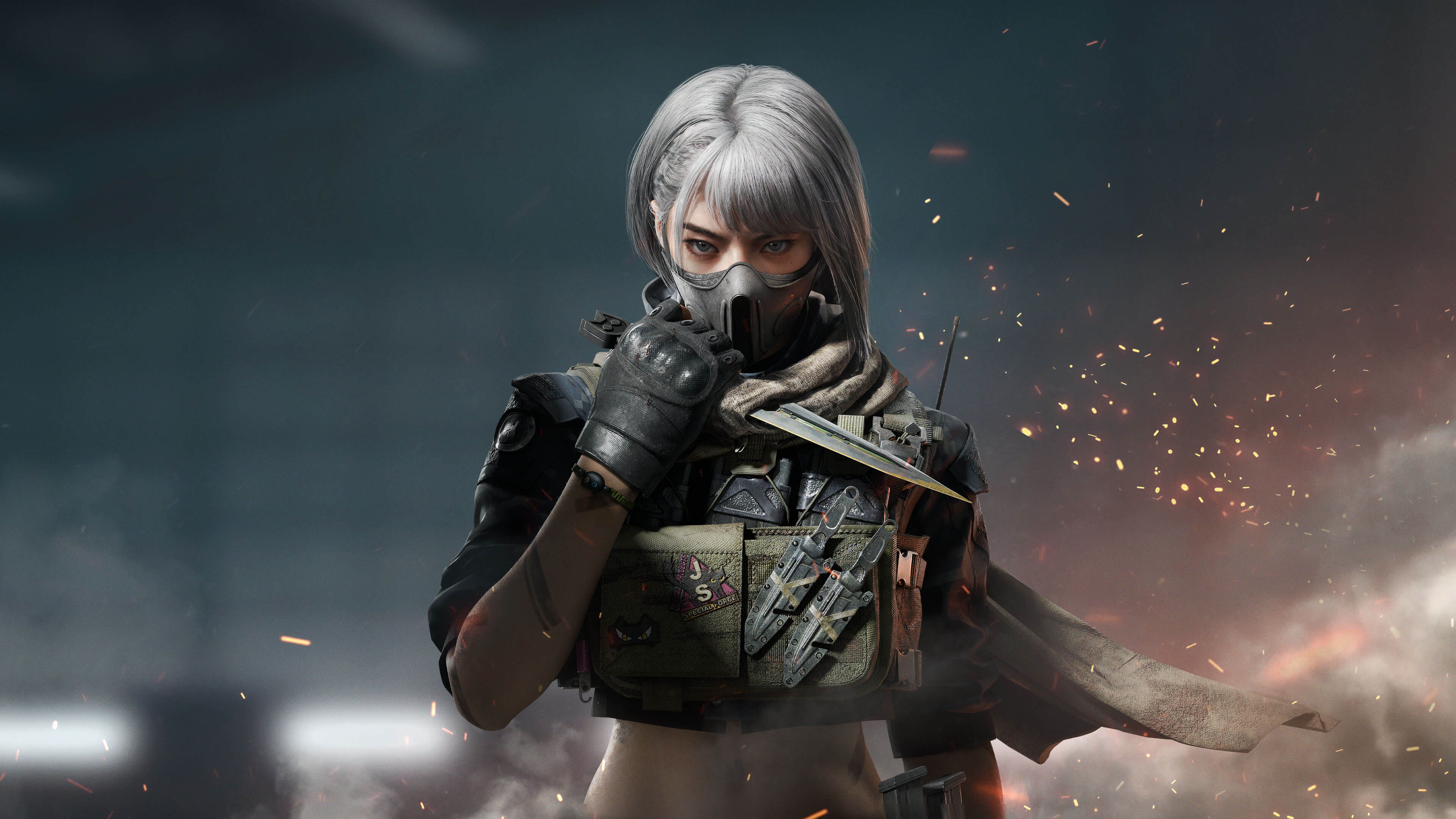
Hazard Operations mode (also known as Operations mode or Extraction mode) in Delta Force is a high-stakes survival test that mixes player combat action, unpredictable AI, and strict resource management. Whether you’re dropping in solo or with a squad, every move counts. And when failure means losing everything you brought in, even the smallest mistakes can feel huge.
This guide is here to help new players survive their early runs in Operations. We’ll break down the essentials—from gearing up smart to staying quiet, picking the right Operative, and knowing when to fight or flee. These early lessons won’t just keep you alive—they’ll help you get more out of every run.
Getting Ready for Your First Raid
The tutorial gives you a basic idea of what to expect, but the real preparation starts before you even deploy. Delta Force won’t let you drop in unless you’re wearing core gear like a helmet, body armor, a backpack, and a chest rig. The chest rig, especially, is critical—it gives you quick access to consumables like healing items or spare ammo when things get heated mid-raid.
Choosing the right ammo is another common hurdle for beginners. Each weapon uses its own specific caliber, and the game doesn’t just lump everything into “rifle” or “pistol” types. Carrying firearms that share the same ammo, such as a 9mm SMG and pistol combo, makes early loadouts easier to manage and reduces the chance of a reload mishap during fights.
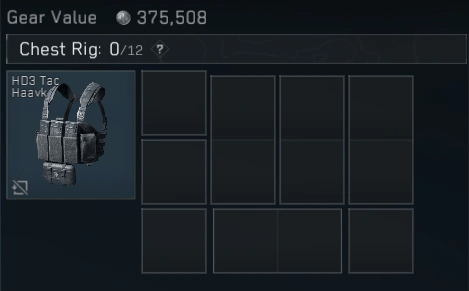
Don’t forget your healing items. In Operations, your health doesn’t come back over time. You’ll need injectors and medical kits to patch yourself up—and even then, healing takes time. Always have a plan for where and when you’ll heal. Lastly, prioritize space for loot. Overpacking on ammo might seem like a good idea, but if your bag is full before you even find anything valuable, you’re doing it wrong.
Playing It Quiet
In Operations mode, stealth is survival. Loud firefights and flashy plays might feel satisfying, but they also act as a giant beacon to every other squad nearby. Suppressed weapons give you a tactical advantage, not just because they’re quieter, but because they reduce your visual noise during gunfights, helping you aim and adjust under pressure.
You’ll also want to avoid hanging out in open spaces. Move quickly between cover, take alternate paths, and pay attention to your environment. Indoors, you’ll be harder to spot and ambushes are less likely. If you’re crouching or moving slowly, certain characters like Hackclaw even make less noise, giving you a better chance to reposition unnoticed or flank your enemies.
Understanding Team Roles
In Delta Force, Operators aren’t just cosmetic, but they also define how your team plays. A balanced squad often performs better than one filled with damage-dealers. Operatives like Luna and Hackclaw shine in Operations thanks to their stealth-oriented skills. Luna’s Detection Arrow is perfect for revealing threats in tight situations, and Hackclaw’s Silent Step allows for aggressive repositioning without drawing unwanted attention.
Pairing those with a supportive Operative like Stinger or Toxik gives your squad a solid backbone. Stinger’s fast revives and healing abilities keep your team going even when things get tough, while Toxik can offer utility in drawn-out fights. While brawlers like D-Wolf are fun to use, their loud playstyle often works against you in the stealth-first design of Operations mode.
If you’re playing with randoms, stick close and watch what they’re doing. Even uncoordinated squads can survive longer if everyone stays within support range and plays off each other’s abilities. Check out our Operators guide to learn more about different abilities and synergies.
Use Your Safe Box Wisely
Every player starts with a small Safe Box, and it’s one of the most valuable items in Operations. It holds only two slots early on, but anything you stash there is protected—even if your whole squad wipes. That makes it the perfect place for small, high-value loot like healing stems or rare gadgets.
As you level up, your Safe Box can grow. Unlocking a larger one should be a top priority because more space means more guaranteed value with every run. Some players even build early-game strategies around filling their Safe Box first, then worrying about extraction. It’s a low-risk way to start earning credits even if you’re not confident in PvP just yet.
Combat: Know When to Fight and When to Bail
Engaging in PvP in Operations should never be your first option. Every bullet you fire can alert others, and the longer a fight drags on, the more likely someone else shows up to finish you off. Sometimes, the best choice is to walk away—or run if you have to.
That said, if you do find yourself in a firefight, make every shot count. Use cover intelligently, change your angles often, and don’t peek for too long. Learn your weapon’s recoil at different ranges and stick to loadouts you’re comfortable with. The Firing Range at your base is great for practicing aim and recoil control before you head out.
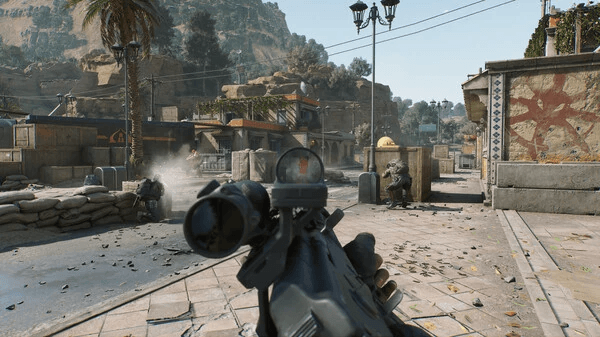
Operator abilities can also shift the fight in your favor. Luna’s shock arrows can disorient opponents, Stinger’s smokes offer visual cover, and Hackclaw’s knife can land a silent kill before the enemy knows what happened. Use these tools smartly—they exist to help you win fights without relying purely on aim.
Avoiding Common Mistakes
New players often make a few early missteps that cost them dearly. Going solo is one of the biggest. Delta Force doesn’t outright punish solo play, but it’s significantly harder. Stick with a squad whenever you can. If you don’t have friends playing, jump into matchmaking—it’s better than going it alone.
Another trap is tunnel visioning PvP. Chasing every enemy squad is risky and usually not worth it unless you’re confident. Focus on looting first and only fight when it’s necessary or when you know you can win.
Weapon hopping is another bad habit. Try sticking with one gun for several runs. This helps you understand its recoil, attachments, and firing behavior. Consistency builds confidence, and that’s what gets you through those high-stakes extractions.
Build Experience Slowly
There’s no fast track to mastery in Operations mode. Even if you’re losing, you’re still learning. Many veteran players recommend a strategy of playing low-risk until you’re more familiar with the maps, mechanics, and enemy behavior.
One underrated strategy is to collect small items during a raid, stash them in your Safe Box, and extract or die knowing you banked some value. Over time, this adds up. Even if you fail your raid, you might walk away with thousands in profit from items that survived.
Once you’re earning more, you can afford better gear—but don’t blow your funds right away. Save your credits, reinvest into solid ammo, useful attachments, and more healing supplies. And always keep some gear in reserve in case things go south.
With the right gear, team setup, and mindset, your chances of surviving in Operations mode go way up. Stay alert, play for the long haul, and remember that every raid—even the ones where you get wiped—is a step toward getting better.
And for the best way to play, check out Delta Force on PC with BlueStacks. You’ll get smoother controls, easier aiming, and a performance boost that can make all the difference when things get intense.

